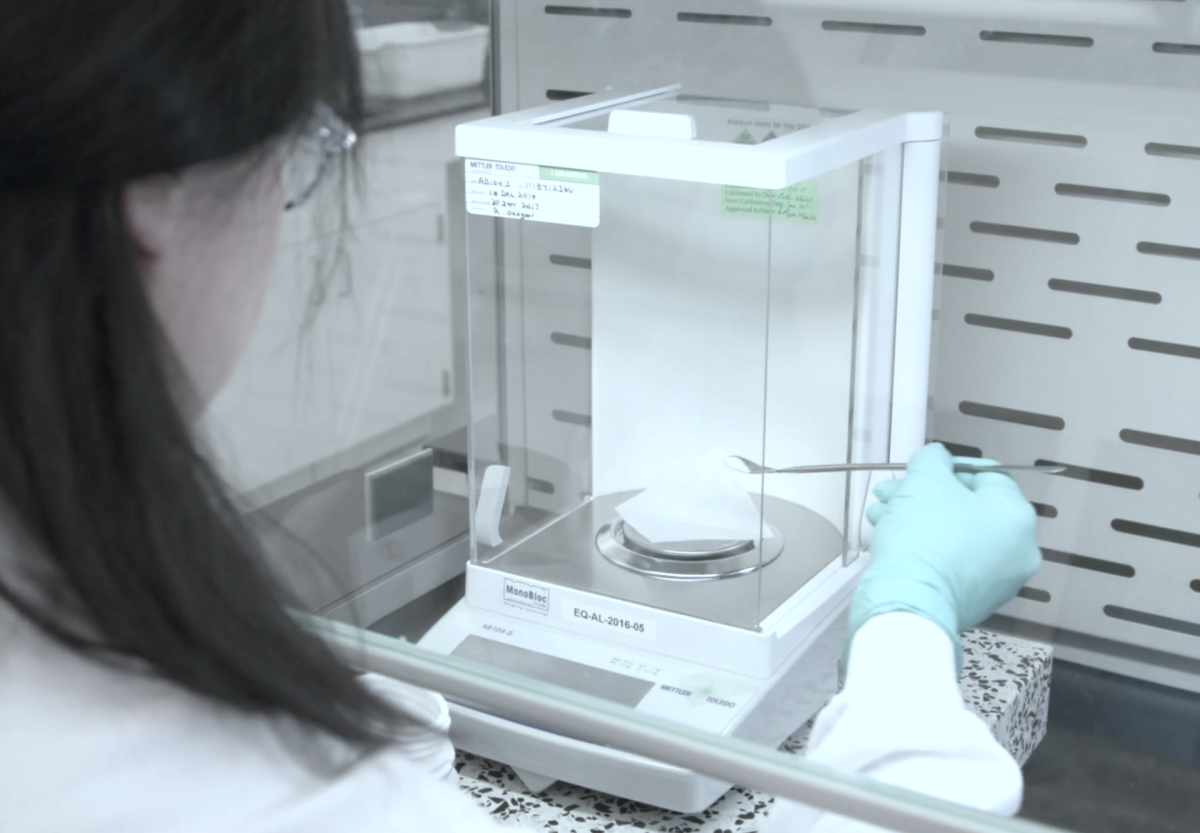Stability is a critical factor in the development of topical drugs. As these formulations are applied directly to the skin, ensuring their efficacy and safety over time is paramount. To achieve this, stability testing becomes an indispensable aspect of the drug development process. Let’s explore the five types of drug stability that are particularly relevant in the realm of topical drug development.
1. Chemical Stability
Chemical stability focuses on the molecular integrity of the active pharmaceutical ingredient (API) within the formulation. It evaluates how the drug molecule reacts with other components, such as excipients, over time. In topical drug development, understanding chemical stability is crucial to ensure that the drug retains its potency and therapeutic properties throughout its shelf life.
2. Physical Stability
Physical stability pertains to the formulation’s appearance, texture, and overall physical attributes. This is particularly vital in topical drug development, where factors like consistency, color, and homogeneity influence user experience. Any changes in these attributes could indicate a loss of efficacy or potential irritation upon application.
3. Microbiological Stability
Microbiological stability assesses the susceptibility of the formulation to microbial contamination. Since topical products come into direct contact with the skin, they need to be free from harmful microorganisms. Stability testing in this context ensures that preservatives or antimicrobial agents are effective in maintaining the product’s microbiological integrity.
4. Therapeutic Stability
Therapeutic stability delves into the drug’s ability to retain its intended therapeutic effect over time. For topical drugs, this involves examining the drug’s penetration into the skin and its interaction with target receptors. Changes in therapeutic stability might lead to reduced efficacy, making this type of stability crucial for desired treatment outcomes.
5. Shelf-Life Stability
Shelf-life stability, often referred to as “real-time stability,” provides information on how a formulation performs throughout its designated shelf life. In topical drug development, considering environmental factors like temperature, humidity, and light exposure is paramount, as these external conditions can significantly impact a product’s stability.
The Importance of Stability Testing in Topical Drug Development
Stability testing is not just a regulatory requirement; it’s a cornerstone of ensuring that a topical drug meets its intended purpose safely and effectively. By comprehensively assessing these five types of drug stability, developers can:
- Identify potential issues early in the development process.
- Make informed decisions about formulation adjustments.
- Set appropriate storage conditions for the product.
- Establish accurate expiration dates.
- Deliver reliable and consistent therapeutic outcomes to patients.
In the dynamic landscape of pharmaceuticals, stability testing serves as a compass guiding topical drug developers toward success. It’s a meticulous process that demands attention to detail and a deep understanding of the chemical, physical, and biological aspects of a formulation. By mastering the nuances of these stability types, developers pave the way for innovations that not only transform patient care but also set the gold standard for topical drug excellence.

